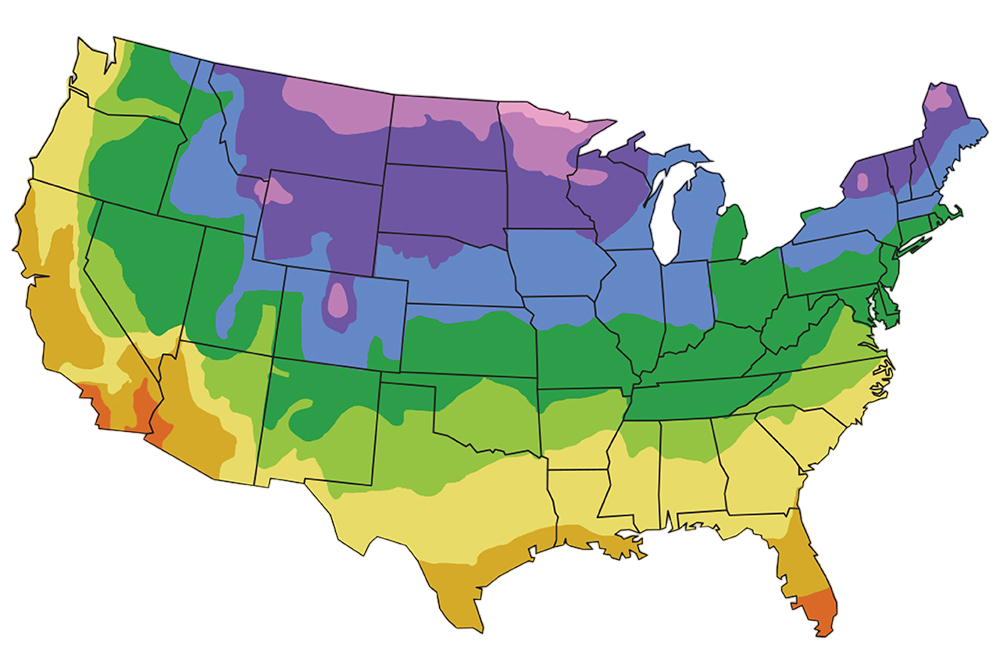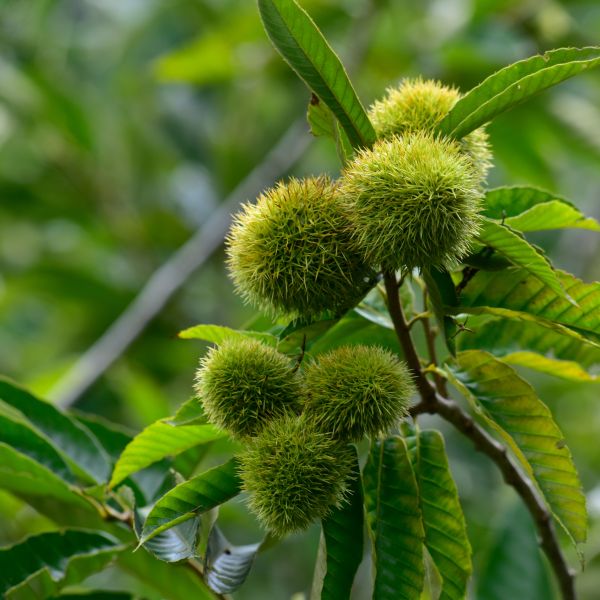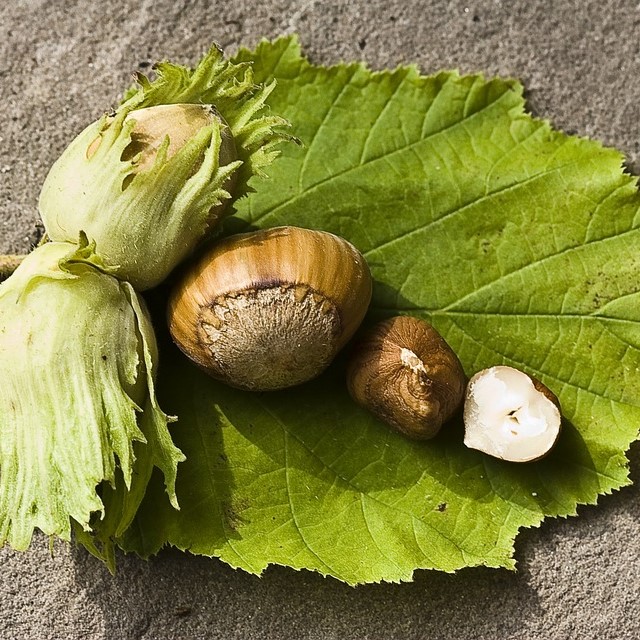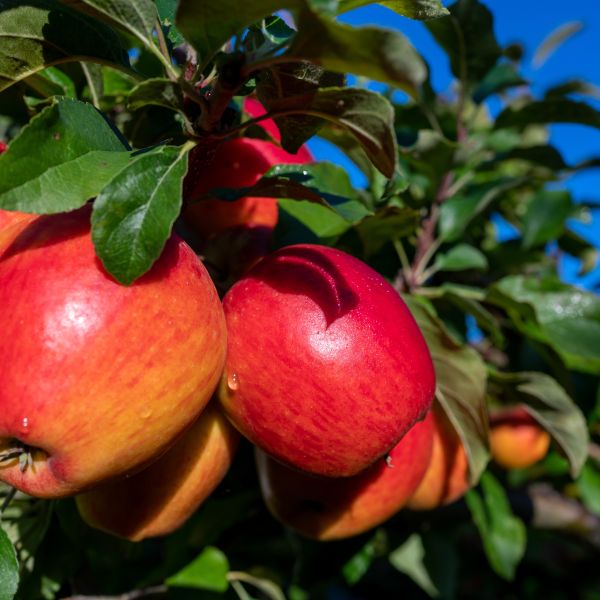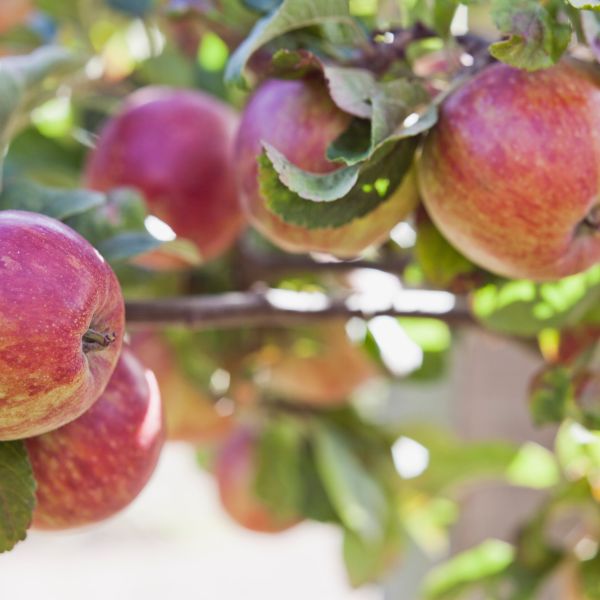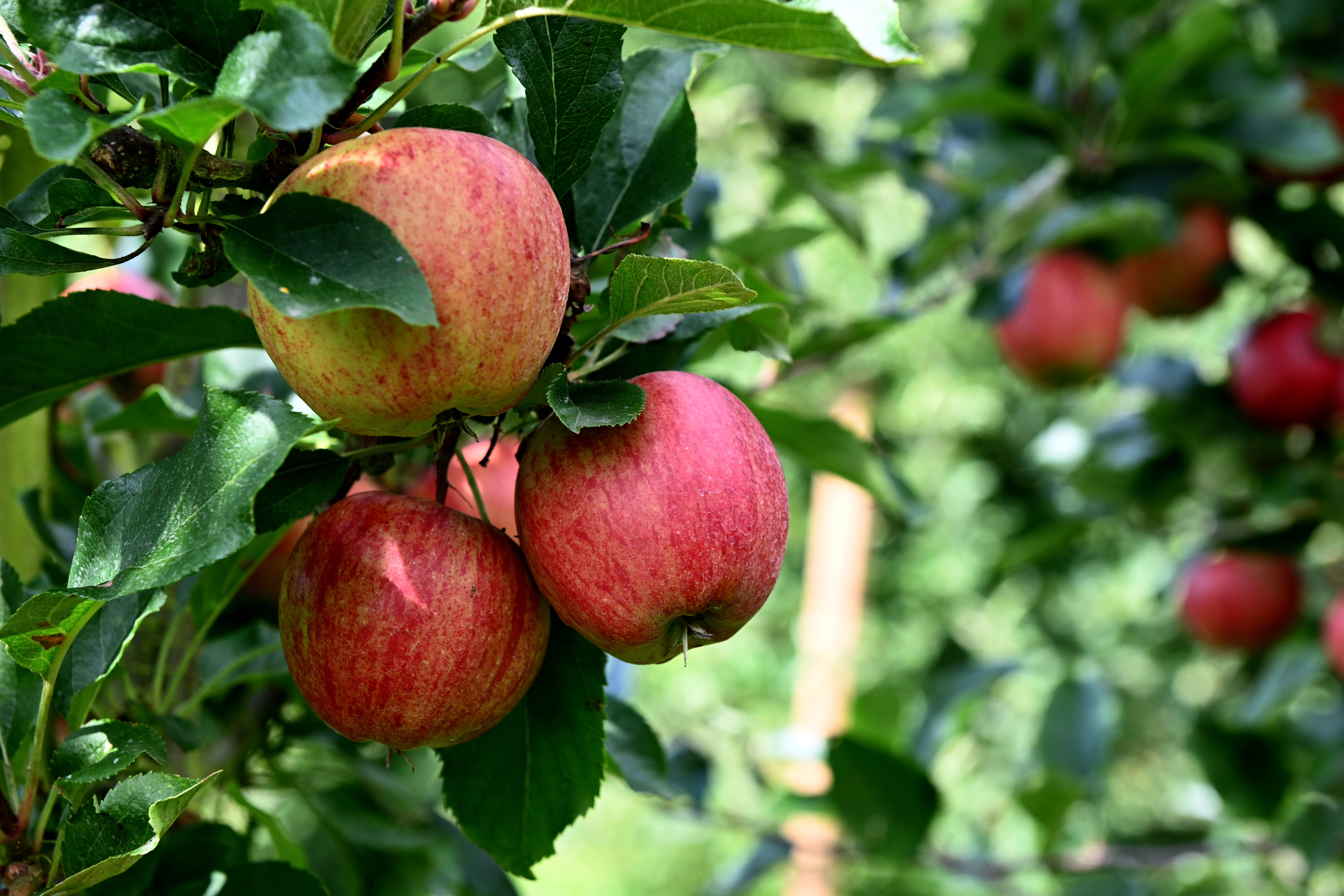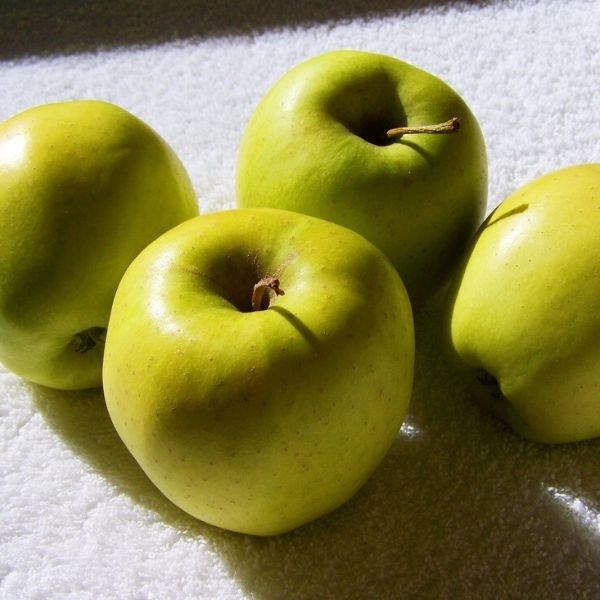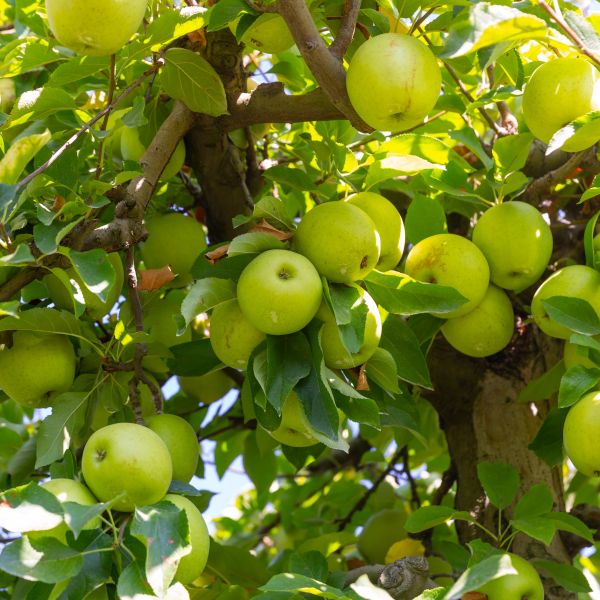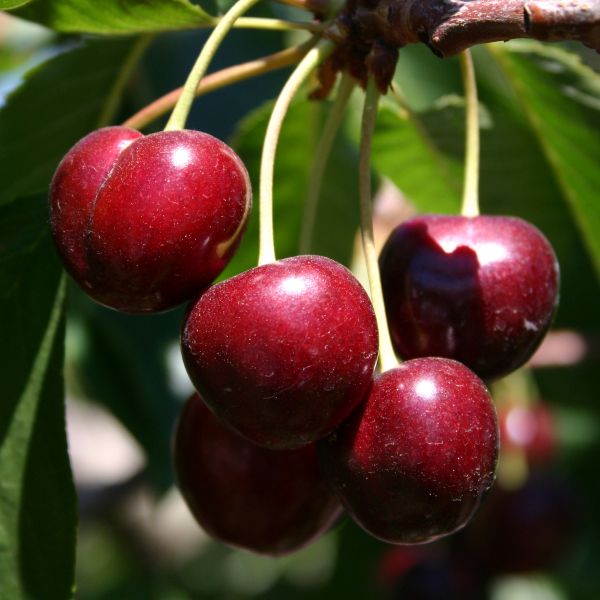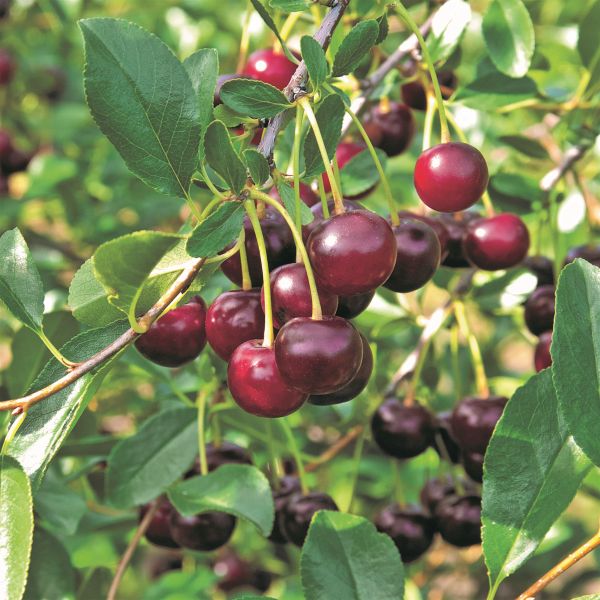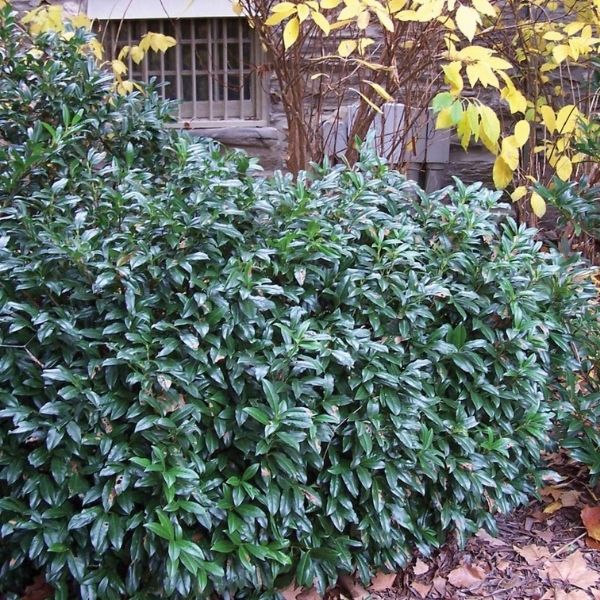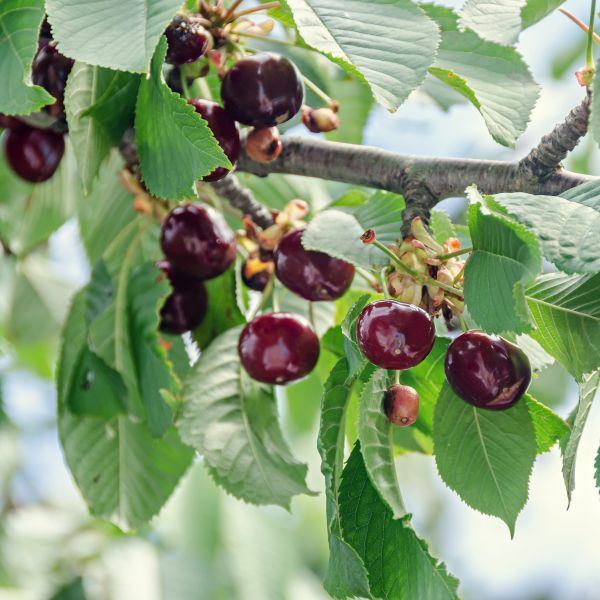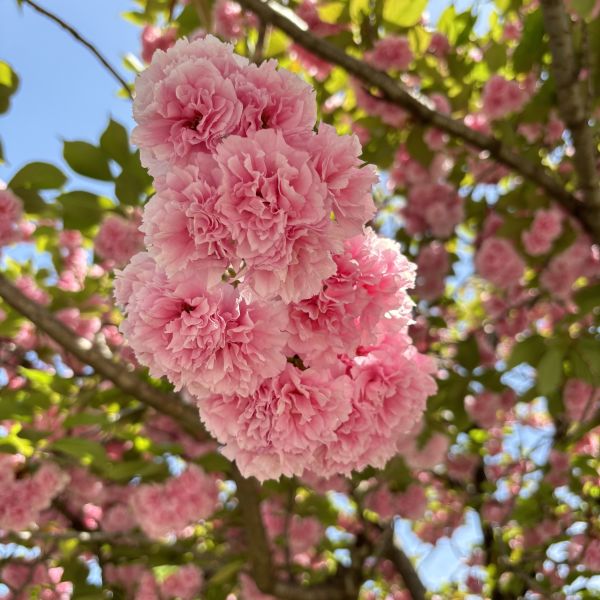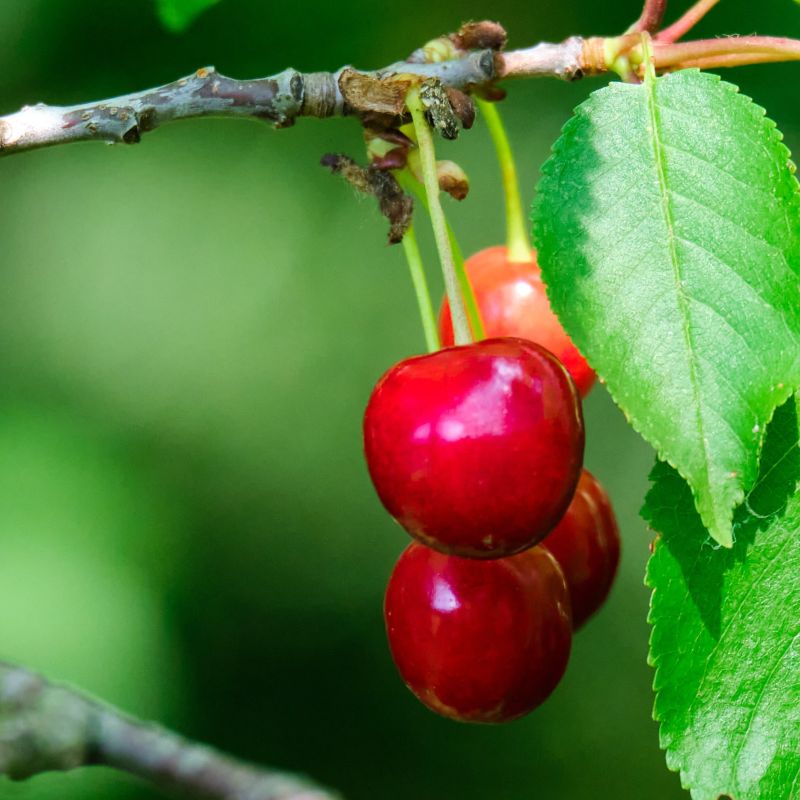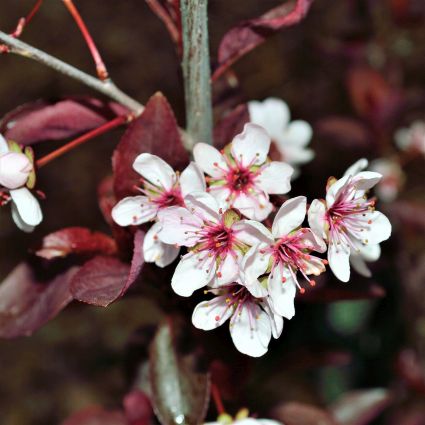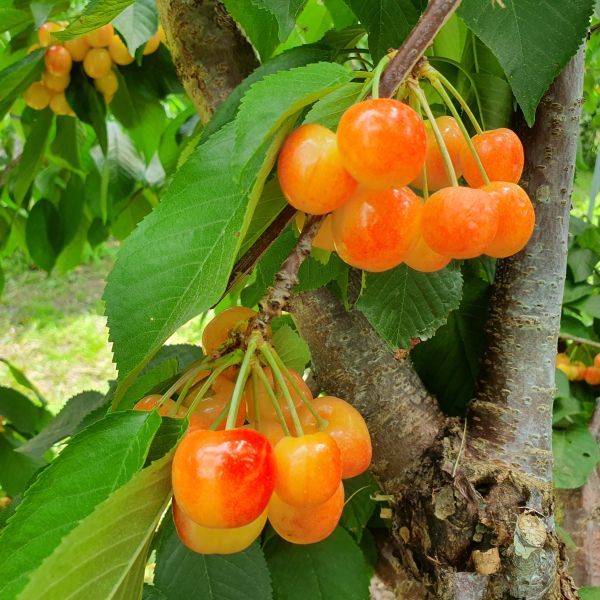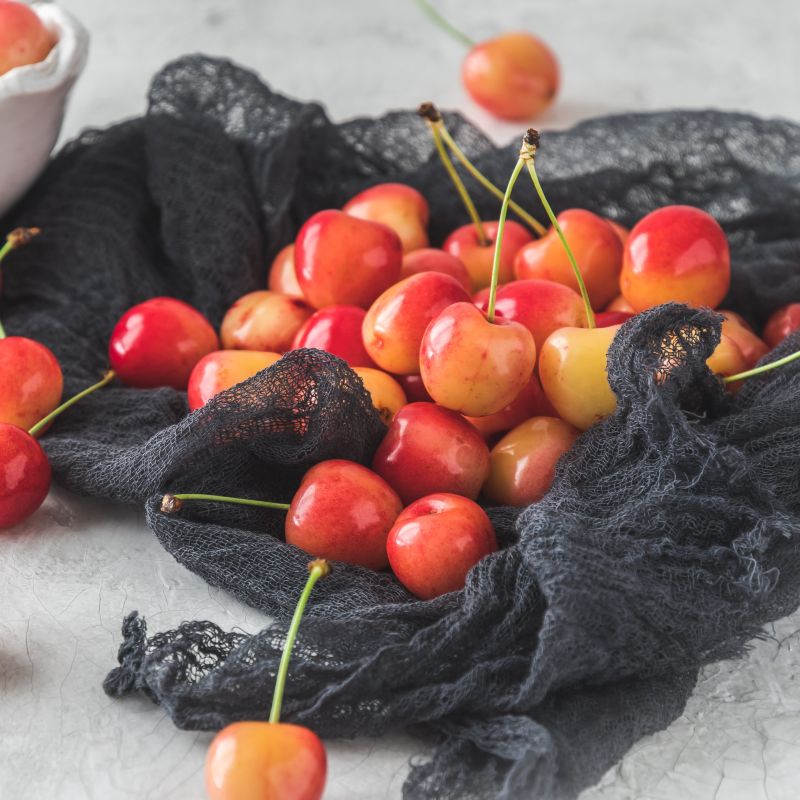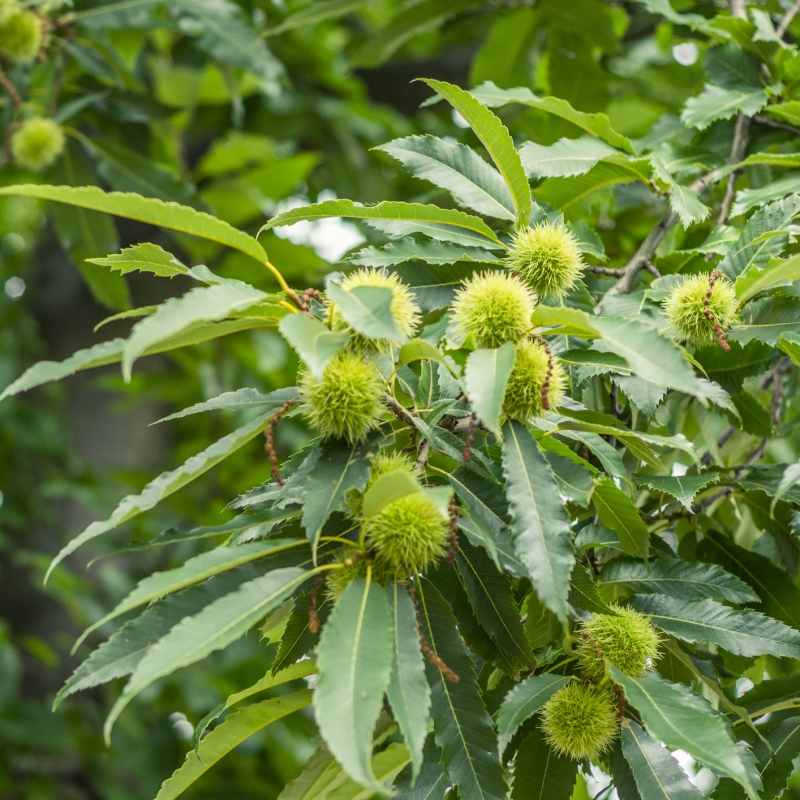
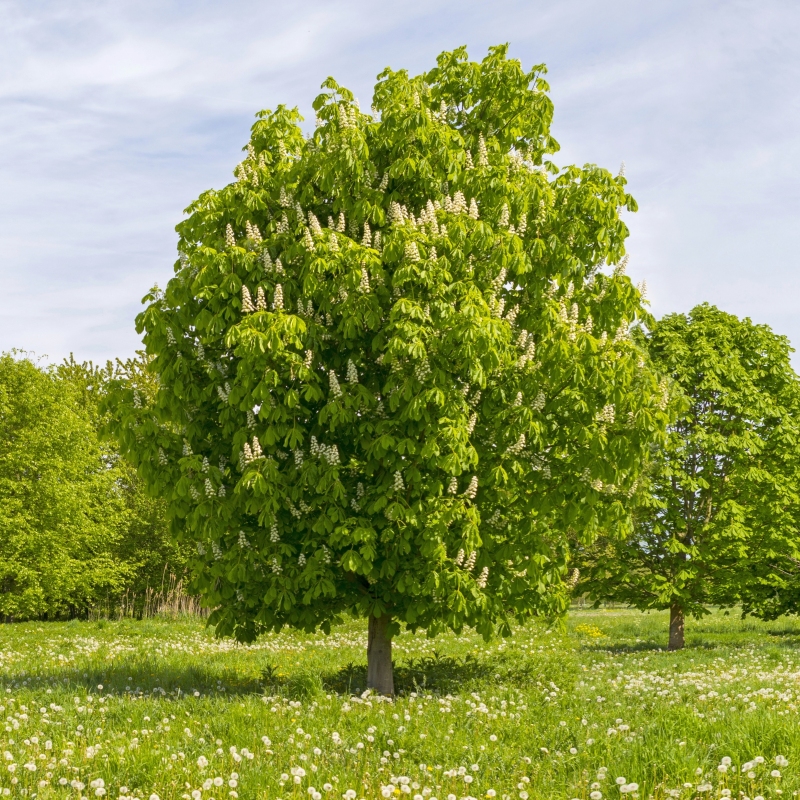

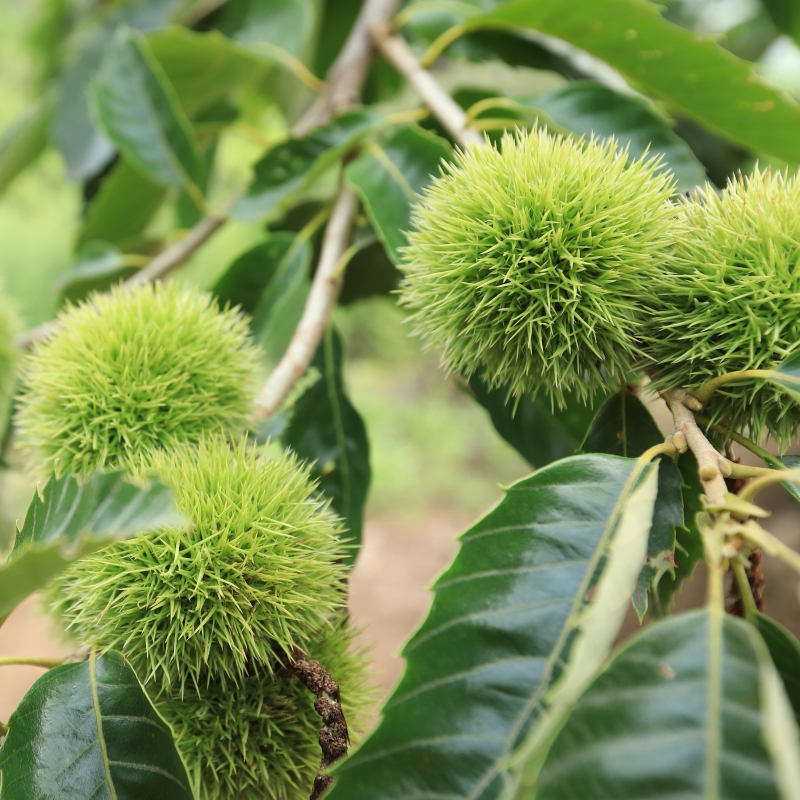
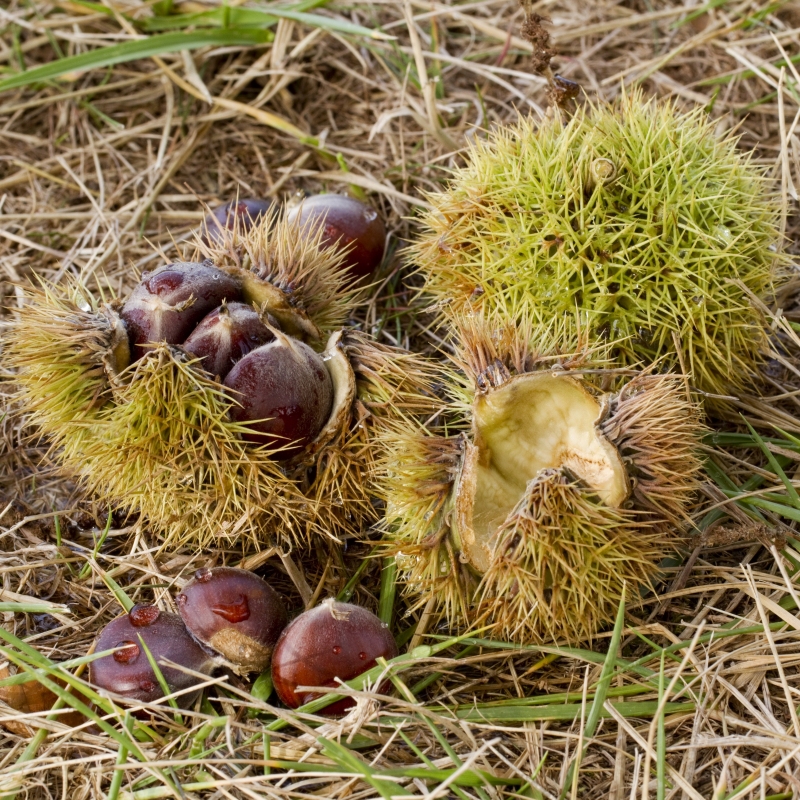
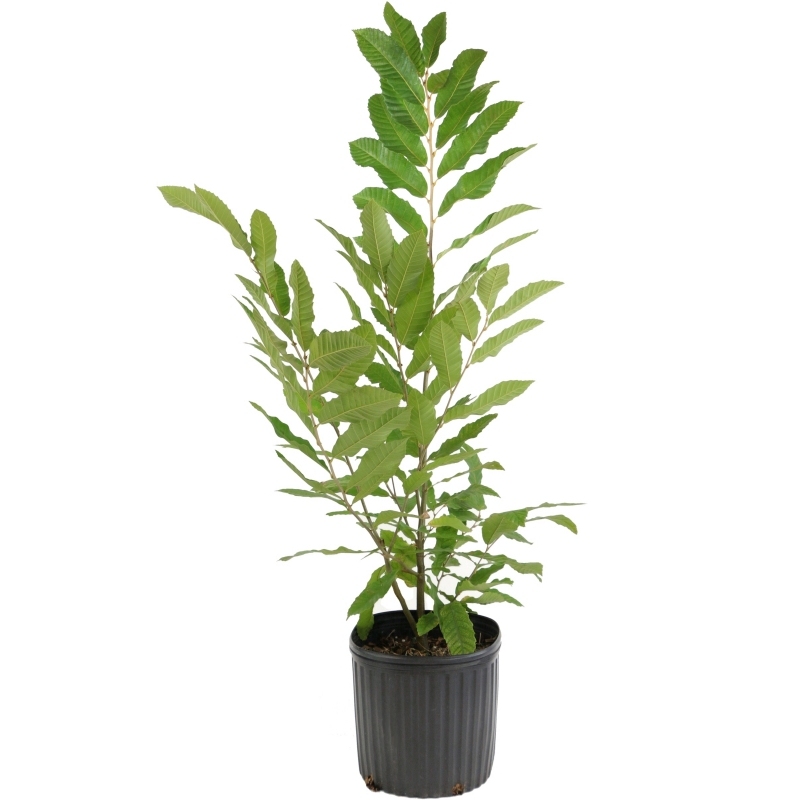
Chinese Chestnut Tree
Castanea mollissima Chinese Chestnut
14 reviews
Chinese Chestnut Tree
Castanea mollissima Chinese Chestnut
14 reviews
- Produces sweet and nutritious edible chestnuts
- Disease-resistant and low maintenance
- Fast-growing and long-lived
- Recommended by landscape designers for optimal fit in real yards
$86.00
$123.00
30% Off
- Ships to 43215 in 3-5 Days
- Free Shipping Over $150
- Plant Arrival Guarantee
- In Stock
- Free Plant Consult
$200 - Landscape-Approved: Every Plant We Sell Comes With Design Expertise Behind It
Trade 3 Gallon
We are sorry, product is currently out of stock due to seasonal availability. Please check the "Related plants available in your area" section below
Not just beautiful - intentionally selected by ShrubHub's 3D landscape design team to fit real-world spaces and maximize yard potential.
Why Chinese Chestnut Tree?
The Chinese Chestnut tree, also known as Castanea mollissima, is a deciduous tree that produces edible nuts known as Chinese chestnuts. These nuts have a sweet and mild flavor, making them a popular choice for cooking and baking. The tree itself has a spreading and symmetrical canopy, providing shade and ornamental value in gardens and landscapes. Additionally, the Chinese Chestnut tree is disease-resistant and easy to maintain.
Related plants available in your area
Sunlight
Chinese Chestnut Trees require at least 6-8 hours of direct sunlight per day to thrive and produce healthy growth. Planting them in a spot with full sun exposure will help to ensure they receive the necessary light they need for photosynthesis and fruit pr
Watering
Chinese Chestnut trees require regular watering, especially during dry periods. They prefer moist, well-drained soil and should be watered deeply to promote deep root growth. The tree should be watered consistently to ensure proper growth and nut productio
Fertilizing
Chinese Chestnut trees require a well-balanced fertilizer with a nitrogen-phosphorus-potassium ratio of 10-10-10. It is recommended to apply the fertilizer in early spring before new growth begins and again in late spring or early summer. Avoid fertilizing
Chinese Chestnut Tree (Castanea mollissima Chinese Chestnut)
The Chinese Chestnut Tree, scientifically known as Castanea mollissima Chinese Chestnut, is a deciduous tree native to China and Taiwan. It is widely cultivated in many parts of the world for its delicious nuts and ornamental value.
Chinese Chestnut Trees can grow up to 40-60 feet tall with a spread of 40-60 feet. They have a rounded shape with glossy green leaves that turn a beautiful golden yellow in the fall. The tree produces small, sweet nuts enclosed in spiky burrs that mature in the fall and are a favorite of wildlife.
These trees prefer full sun to partial shade and well-drained soil. They are relatively low maintenance, requiring occasional pruning to maintain their shape and remove dead or diseased branches. Chinese Chestnut Trees are also resistant to many pests and diseases, making them a great choice for a low-maintenance landscape tree.
Whether you plant a Chinese Chestnut Tree for its delicious nuts or its attractive foliage, it is sure to be a beautiful and rewarding addition to your landscape.
Plant Information:
| Botanical Name: | Castanea mollissima Chinese Chestnut |
| USDA Zones: | 3 - 8 |
| Mature Height: | 60 ft |
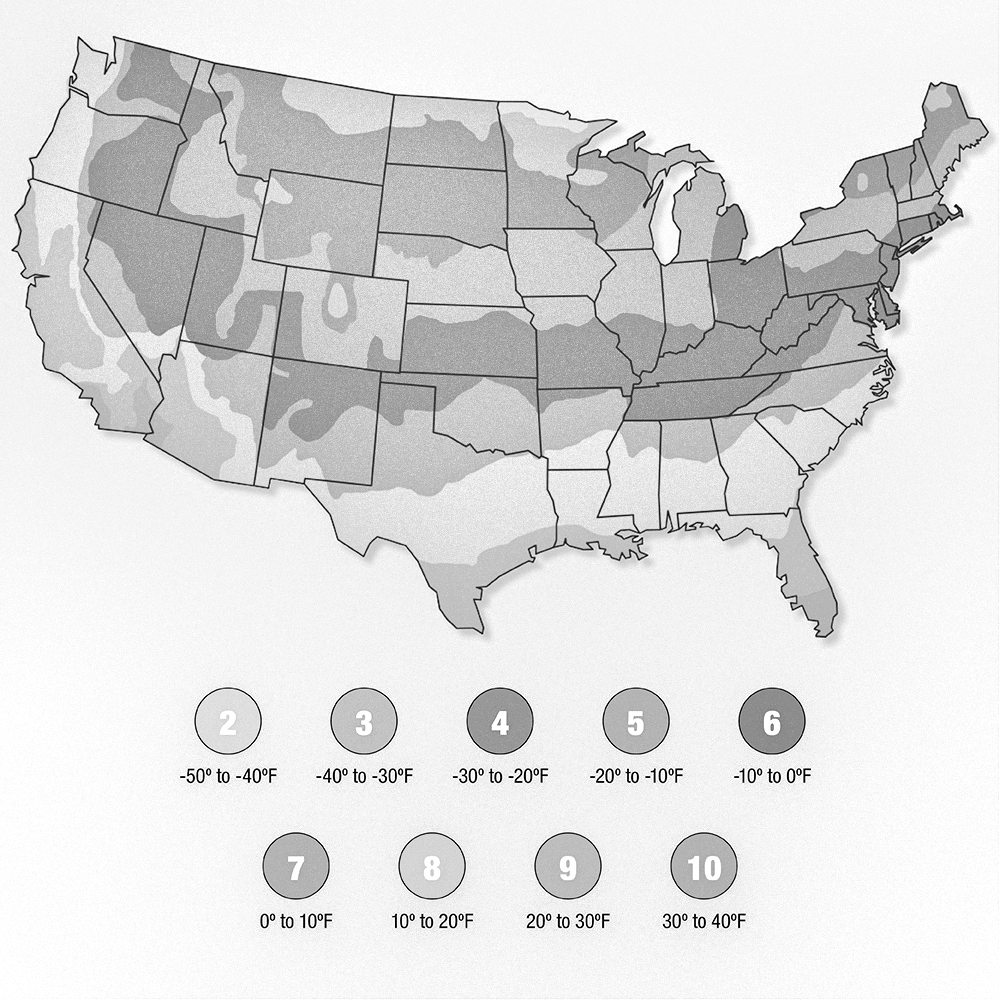

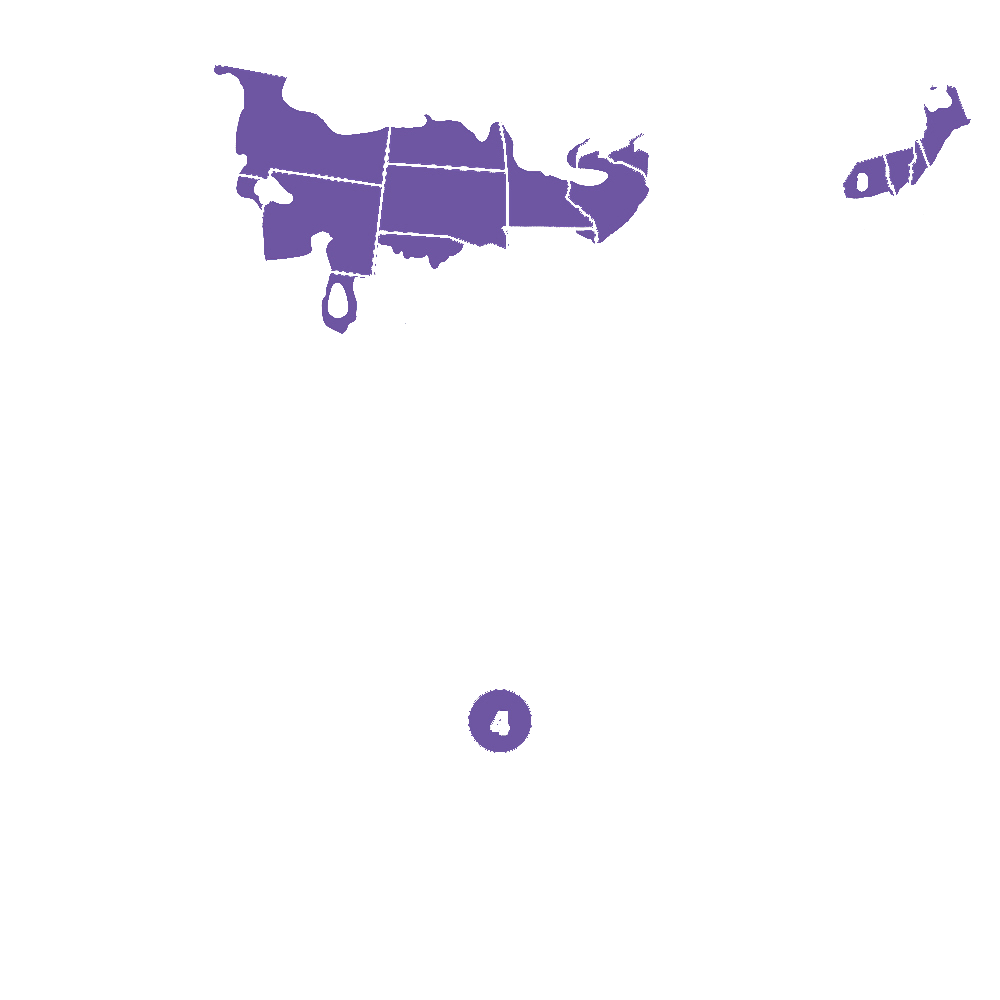
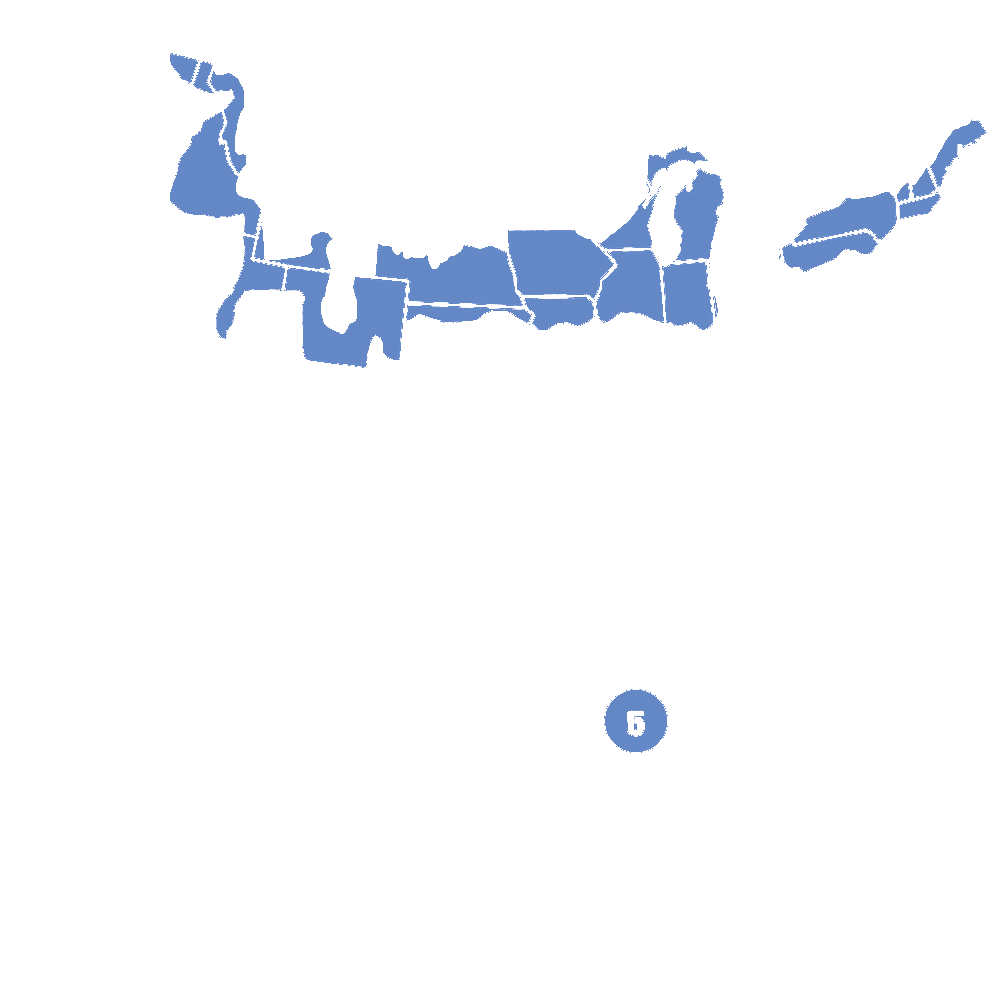
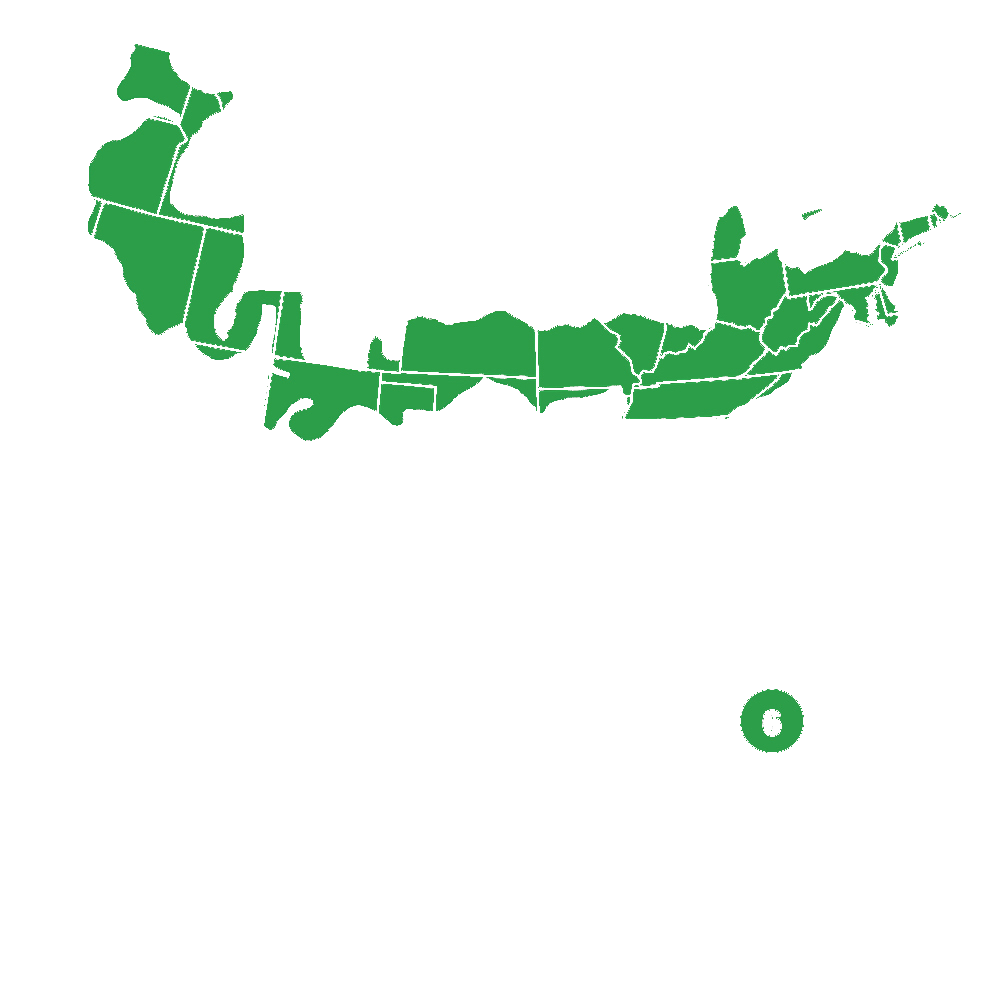
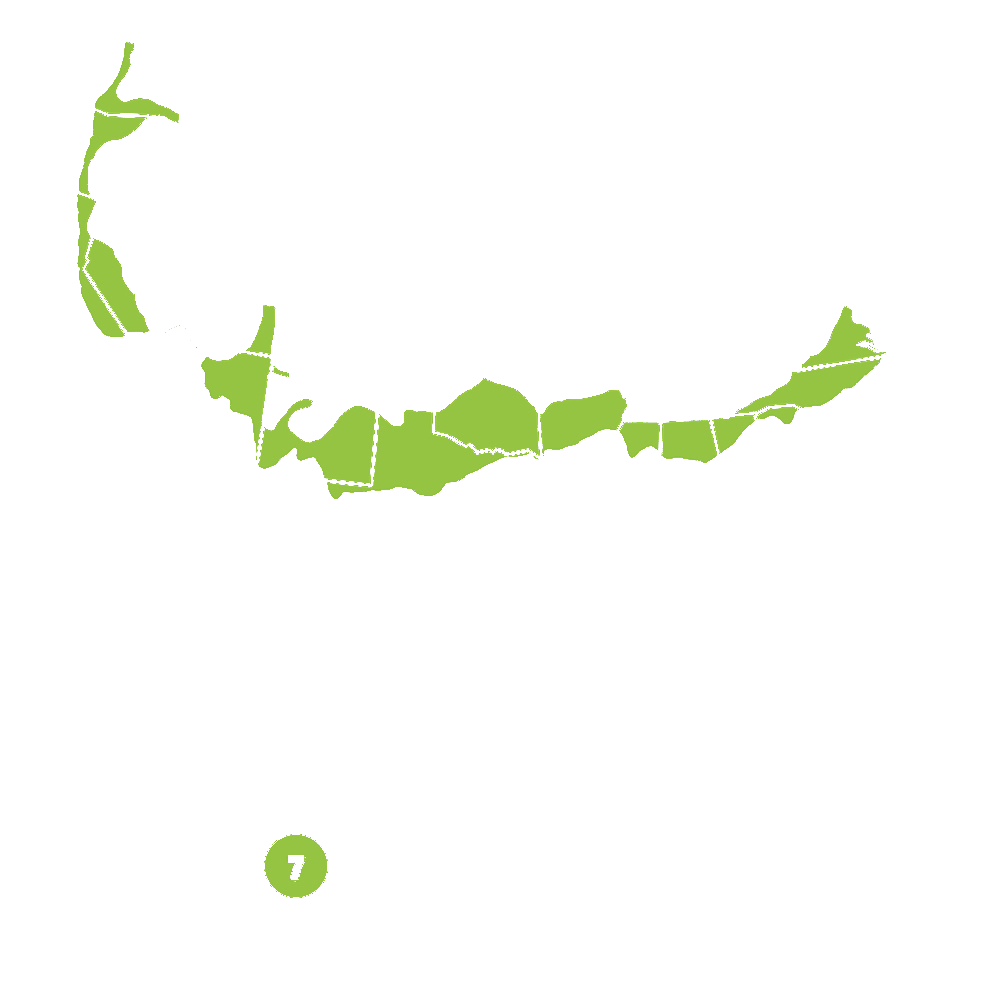
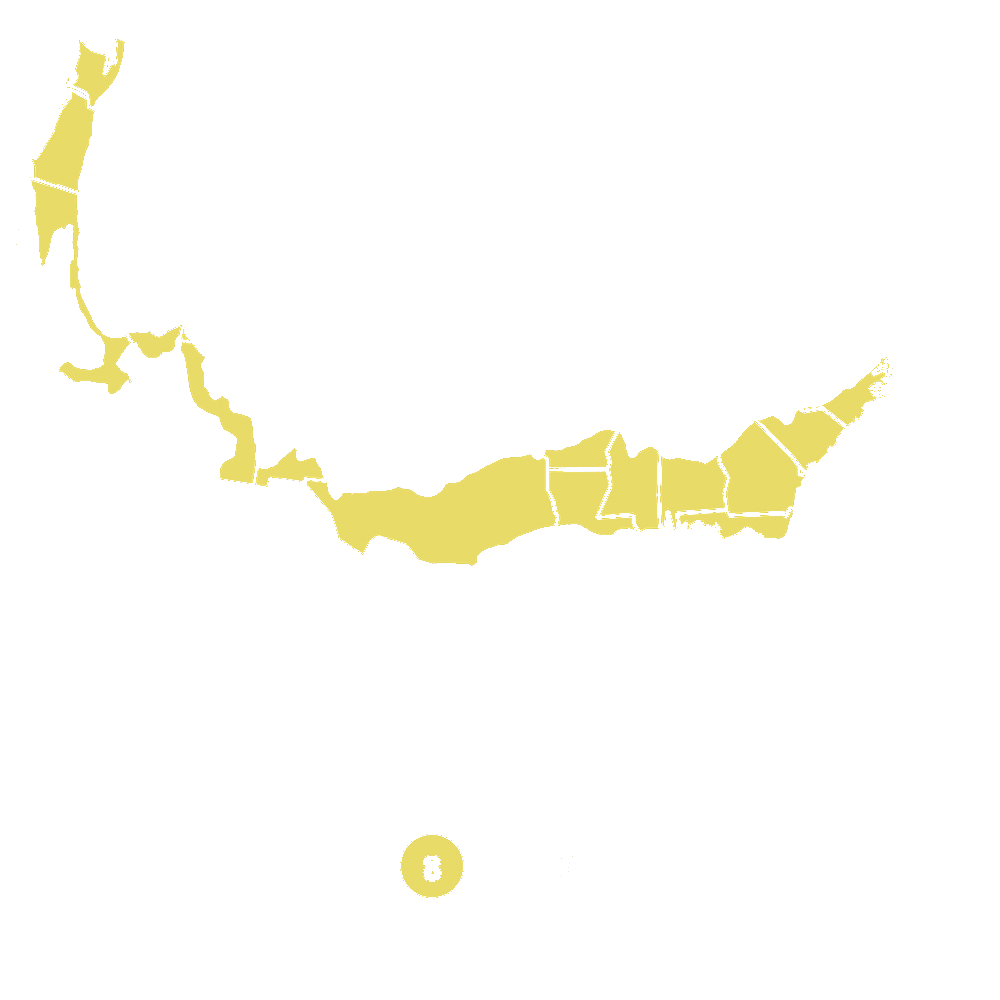
Pollination Info
Chinese Chestnut Tree (Castanea mollissima)
The Chinese chestnut tree is a species of chestnut native to China and Taiwan. It is widely cultivated for its nuts, which are a popular food source that is often used in cooking and baking.
Pollination Information
Chinese chestnut trees are monoecious, meaning they have both male and female flowers on the same tree. The male flowers are catkins, which release pollen into the air. The female flowers are small and inconspicuous, located near the base of the catkins.
Chinese chestnut trees are wind-pollinated, meaning that the pollen is carried by the wind from the male flowers to the female flowers. This type of pollination does not require insects for transfer, making it a relatively easy process.
For optimal pollination and nut production, it is recommended to plant at least two Chinese chestnut trees within close proximity to each other. This will ensure that there is a sufficient amount of pollen available for fertilization.
FAQ
Chinese Chestnut Tree FAQ
What is a Chinese Chestnut Tree?
The Chinese Chestnut Tree, also known as Castanea mollissima, is a deciduous tree that produces edible nuts. It is native to China and is widely grown for its delicious chestnuts.
How tall can a Chinese Chestnut Tree grow?
Chinese Chestnut Trees can grow up to 40-60 feet tall, with a spread of 20-40 feet. They have a round, spreading canopy with dark green leaves that turn yellow in the fall.
When do Chinese Chestnut Trees bear fruit?
Chinese Chestnut Trees typically start bearing fruit when they are 3-5 years old. The nuts ripen in the fall and are encased in spiky, burr-like capsules.
How do I care for a Chinese Chestnut Tree?
Chinese Chestnut Trees prefer well-drained soil and full sun. They are drought-tolerant once established but may benefit from regular watering during dry periods. Prune the tree in late winter or early spring to shape it and remove any dead or damaged branches.
Are Chinese Chestnuts edible?
Yes, Chinese Chestnuts are edible and are often roasted, boiled, or used in cooking and baking. They have a sweet, nutty flavor and are a popular ingredient in Chinese cuisine.
Do Chinese Chestnut Trees attract pests?
Chinese Chestnut Trees are relatively resistant to pests and diseases. However, they may be susceptible to chestnut weevils, chestnut moths, and chestnut blight. Regular monitoring and proper care can help prevent infestations.
Can I grow a Chinese Chestnut Tree in a container?
While Chinese Chestnut Trees can be grown in containers, they may not reach their full size or produce as many nuts as trees planted in the ground. Make sure the container is large enough to accommodate the tree's root system and provide proper drainage.
Planting & Care
Planting and Care for Chinese Chestnut Tree (Castanea mollissima)
Chinese Chestnut trees are beautiful, hardy trees that produce delicious nuts. Here's how to plant and care for your Chinese Chestnut tree:
Planting:
- Choose a sunny location with well-drained soil.
- Dig a hole twice as wide and just as deep as the tree's root ball.
- Place the tree in the hole and backfill with soil, making sure to pack it down firmly.
- Water the tree thoroughly after planting.
Care:
- Water the tree regularly, especially during dry periods.
- Apply a layer of mulch around the base of the tree to help retain moisture and keep weeds at bay.
- Prune the tree in late winter or early spring to remove dead or diseased branches.
- Fertilize the tree once a year with a balanced fertilizer.
- Protect the tree from pests and diseases by monitoring for signs of trouble and taking action promptly.
- Harvest the nuts in the fall when they are ripe.
With proper care, your Chinese Chestnut tree will provide you with years of beauty and delicious nuts!
Check Out These Verified Customer Reviews:
Customer Reviews
4.8 out of 5 based on 14 reviews
Thank you! Your review has been submitted.
The Castanea Chestnut Chinese T3G arrived in perfect condition and looked even better in person. The item quality is outstanding and the website experience was smooth. Shipping was fast and customer service was helpful.
Great quality chestnut tree. Only reason for not giving 5 stars is the slightly delayed shipment.
Received my Chinese chestnut tree earlier than expected. Looks fantastic in my garden!
Item has been added to your cart.

